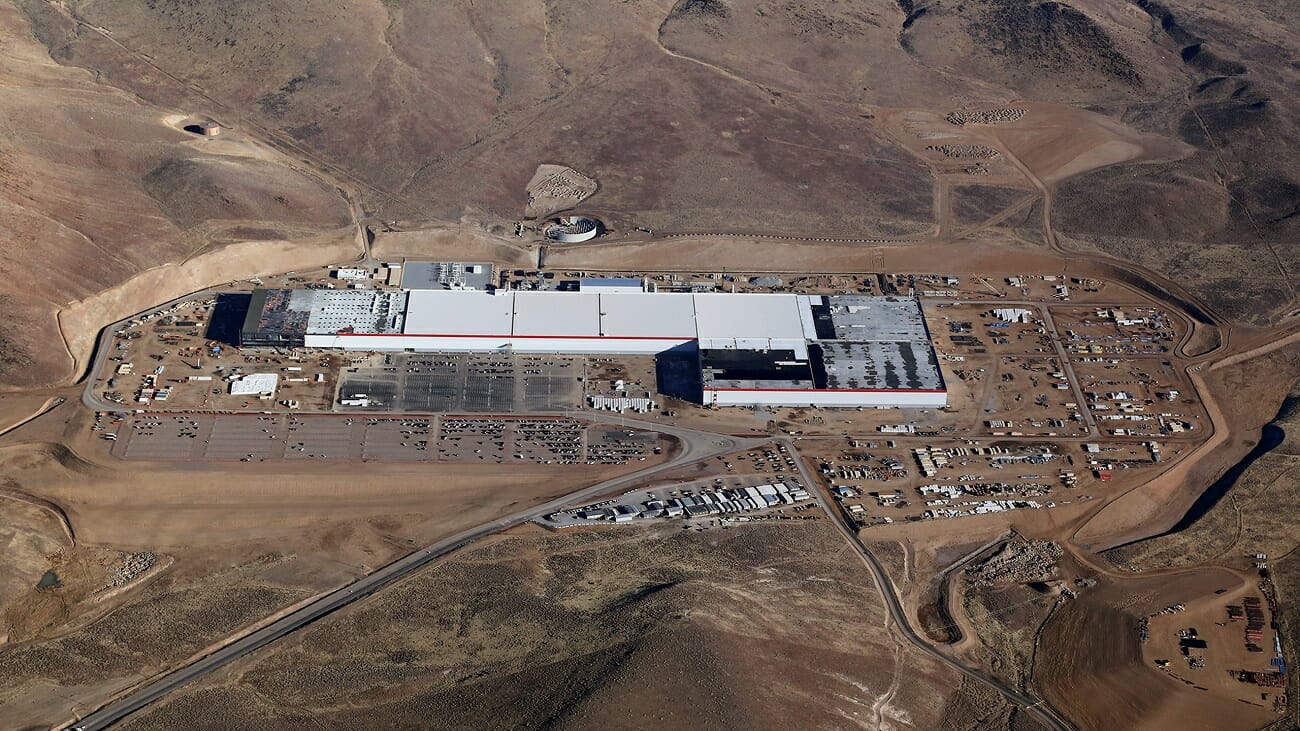National report: Nevada 'trailing' on tax credit oversight

When it comes to keeping tabs on which tax abatements or incentives are getting Nevada the most bang for taxpayer buck, one national report says the state is falling behind.
That’s according to a new study published Wednesday by The Pew Charitable Trust, ranking every state on its evaluation and oversight of tax abatement programs and lumping Nevada in with 22 other states as “trailing” by failing to establish effective oversight programs for state-based tax incentives. Ten states were dubbed “leading” and another 18 as “making progress.”
“Despite the state’s growing incentive commitment, Nevada lacks a process to regularly evaluate them,” the report states.
Use of tax incentives as a method to spur economic development in Nevada has mushroomed since the Governor’s Office of Economic Development was created in 2011 to oversee and administer the abatements, and have become a point of political pride for several lawmakers since the state approved a blockbuster $1.3 billion dollar tax abatement deal with electric car manufacturer Tesla in 2014.
The office approved 97 separate tax incentive applications over the last two fiscal years, and the state’s Economic Forum on Monday projected tax credit programs to cost more than $140.4 million over the next two fiscal years. In total, the state has 256 different tax abatements or incentives available for businesses to reduce their tax burden.
The report notes that several state legislatures have recently begun taking a renewed look and passing oversight laws targeting the effectiveness of incentive and abatement programs, which tend to fall outside the normal budgeting process.
“Until recently, tax incentives rarely received this type of scrutiny, in part because these incentives do not generally have to be reapproved with each state budget; instead, many were created as permanent parts of state code,” the report states. “So while lawmakers regularly debate state spending for education, health care, transportation, corrections, and other government functions as part of the budget process, tax incentives often have not been part of the conversation.”
Steve Hill, who heads the state’s economic development department and has negotiated and approved most of the deals, said the report was focused more on legislative oversight of incentives but stressed that the department internally reviews and puts forward suggested changes for lawmakers to modify tax incentive eligibility that aren’t meeting their goals.
He said the department uses economic information related to incentive programs that it’s required to regularly submit to the Legislature and governor to make internal changes and to suggest eligibility and other changes to lawmakers.
Several lawmakers have proposed legislation designed to keeper a closer eye on the effectiveness of abatements. Republican Assemblyman Ira Hansen’s AB170, which passed unanimously out of the Assembly in April, extends out how long the state’s office of economic development has to issue quarterly reports on tax incentive programs for Tesla and Faraday.
But additional oversight mechanisms would likely come in the form of AB143, a measure proposed by Democratic Assemblywoman Irene Bustamante Adams creating a legislative committee dedicated to evaluating and suggesting changes for existing tax incentives. The committee would be composed of six lawmakers, and would be charged with overseeing and reviewing the cost, impact and effectiveness of each of the state’s incentive programs.
In an interview, Bustamante Adams said lawmakers — who only meet part-time and usually have full-time jobs outside of session — need more time outside of the session to properly vet the state’s 250 plus tax abatements or other credits that currently exist.
“I just think 30 minutes as an informational item on the back of a packet isn’t sufficient enough,” she said.
Hill said his office testified in favor of the bill, and welcomed additional legislative oversight.
“Having that done on a more regular basis is a positive step,” he said. “It provides an opportunity for the legislature to be more engaged in the process. They may have different thoughts on this along the way, and we welcome that.”
Legislators are limited by a roughly $30,000 two-year budget to put toward several proposed interim committees, each of which will cost roughly $9,000 over the two-year budget cycle.
While Bustamante Adams is calling for more oversight on the tax incentive process, other public figures have been more sharply critical of the state’s economic development arm. State Treasurer Dan Schwartz in March called for the economic development office to undergo an audit, and has criticized the massive abatement deal constructed with Faraday Future as a “Ponzi scheme.”
Hill said state auditors had requested information from the department to conduct a future audit, and that the information would be transmitted “relatively soon.”
Types of tax incentives:
Nevada has a varied menu of tax incentives that businesses can apply for depending on the number of jobs created, capital investment and minimum hourly wages, including:
- Sales & Use Tax abatement of approximately 75 percent tax abatement on capital equipment purchases. This abatement requires more than $1 million in capital investment and creation of more than 50 jobs.
- Modified Business Tax, or payroll tax, abatement of up to 50 percent over four years for payrolls that exceed quarterly payrolls above $50,000. It requires $1 million in capital investments and hiring at least 50 jobs.
- Personal property tax abatement, which requires $5 million capital investment for manufacturing businesses or $1 million for non-manufacturing companies, and a minimum of 50 jobs created.
The state also offers specific tax breaks and abatements for individual industries, including property tax abatements for certain recycling centers, sales and property tax breaks for businesses selling aviation parts and similar sale and property tax abatements for large data centers.
Each abatement in an urban county (Washoe and Clark) requires the business receiving the abatement pay at a minimum the statewide average wage, currently about $21.35 an hour. Rural counties have similar abatement programs with generally less onerous requirements on capital investment and number of created jobs.
